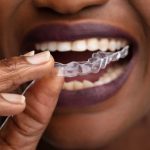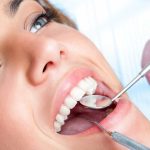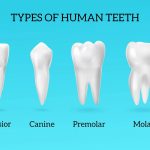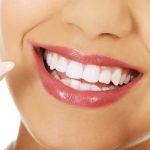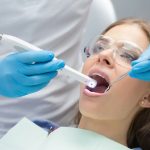Rebuilding Your Smile: Effective Ways to Restore Bone Loss in Teeth
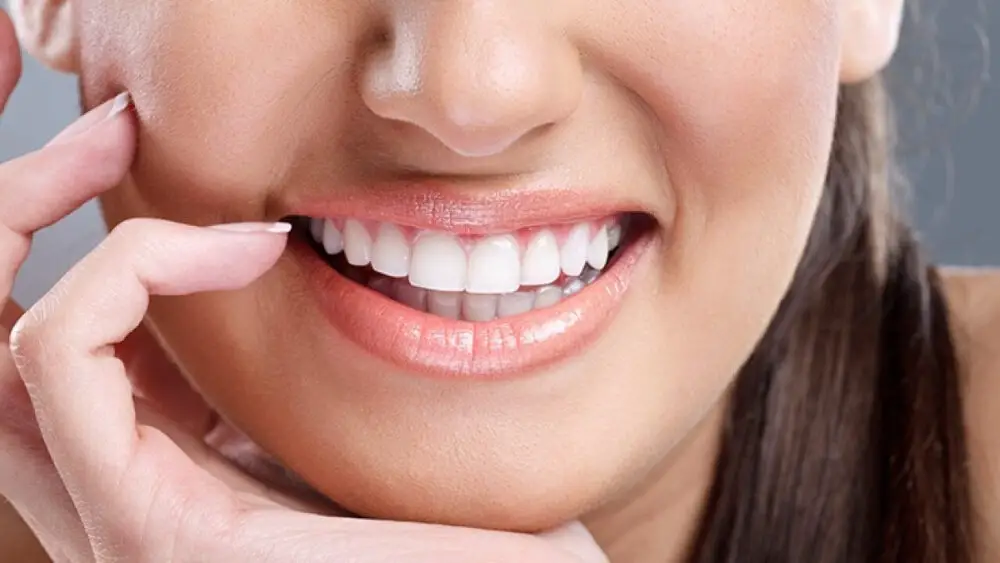
Your smile is one of the most noticeable features on your face, and it plays a critical role in your overall appearance. However, tooth decay, gum disease, and other oral health issues can cause bone loss in your teeth, which can lead to tooth loss and a less attractive smile. Fortunately, there are several effective ways to restore bone loss in teeth, which can help you regain your confidence and improve your oral health. The process of restoring bone loss in teeth can be complex and involve several different treatments. Some of the most common options include bone grafting, implant-supported dentures, and dental implants. These treatments can help improve the strength and stability of your teeth, prevent further bone loss, and give you a beautiful, healthy smile that you can be proud of. In this article, we will explore some of the most effective ways to restore bone loss in teeth and help you regain your confidence and oral health.
Healthy teeth are necessary for maintaining good overall health and quality of life. They allow us to chew food properly, which aids in digestion and nutrient absorption. In addition, healthy teeth contribute to a confident smile, which can have a positive impact on our mental well-being and social interactions. However, bone loss in teeth can have a significant impact on dental health. Bone loss often occurs due to periodontal disease, and it can lead to tooth loss, gum recession, and other serious dental problems. Restoring bone loss in teeth is important for maintaining oral health and preventing future dental problems.
Causes of Bone Loss in Teeth
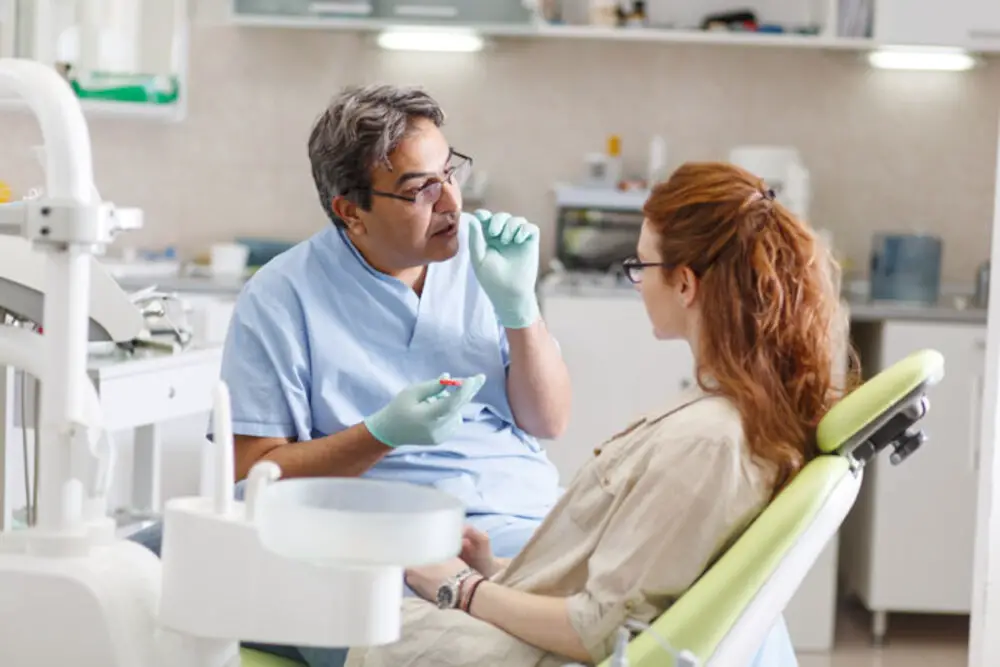
Bone loss in teeth is a common dental issue that occurs when the bone that supports the teeth starts to deteriorate, leading to tooth loss in severe cases. This condition can be caused by various factors, including poor dental hygiene, smoking, hormonal imbalances, and untreated gum disease. Poor dental hygiene, such as irregular brushing and flossing, can lead to the accumulation of plaque and tartar, which can irritate the gums and cause inflammation. Over time, this can cause the gums to pull away from the teeth, exposing the roots and leading to bone loss. Smoking is another significant contributor to bone loss in teeth. Nicotine and other harmful chemicals in tobacco smoke can damage the blood vessels that supply nutrients to the bones, leading to bone loss and tooth loss. Hormonal imbalances, such as those that occur during menopause, can also contribute to bone loss in teeth. During menopause, the body’s production of estrogen decreases, which can cause the bones to become weaker and more susceptible to damage. This can lead to bone loss in the jaw, which can result in tooth loss. Untreated gum disease is another significant cause of bone loss in teeth. Gum disease occurs when bacteria in the mouth infect the gums and cause inflammation. Over time, this inflammation can damage the bone that supports the teeth, leading to bone loss and tooth loss. Therefore, maintaining good oral hygiene, quitting smoking, and seeking timely treatment for gum disease can help prevent bone loss in teeth.
Bone loss in teeth is a common problem that can result from various factors such as periodontal disease, injury, and aging. Periodontal disease, a bacterial infection that affects the gums and bones supporting the teeth, can cause the bone to deteriorate over time and lead to tooth loss. Injuries to the teeth or jaw can also cause bone loss, as the trauma can damage the bone and lead to its reabsorption. As we age, our bones naturally lose density and strength, which can also affect the bones supporting our teeth. Fortunately, there are effective ways to restore bone loss in teeth and preserve our oral health, such as dental implants and bone grafting procedures.
There are several causes that can lead to bone loss and ultimately affect dental health. One of the main causes is periodontal disease, which is a bacterial infection that affects the gums and bone that support the teeth. The infection causes the gums to pull away from the teeth, creating pockets where bacteria can grow and cause further damage to the bone. Another cause is tooth loss, as the teeth help to stimulate the bone and keep it healthy. When a tooth is lost, the bone in that area can begin to deteriorate. Additionally, certain medications, like steroids, can also lead to bone loss, as can poor nutrition and a lack of physical activity. All of these factors can contribute to bone loss and negatively impact dental health, making it important to take steps to prevent and treat bone loss as needed.
Diagnosis and Treatment Options
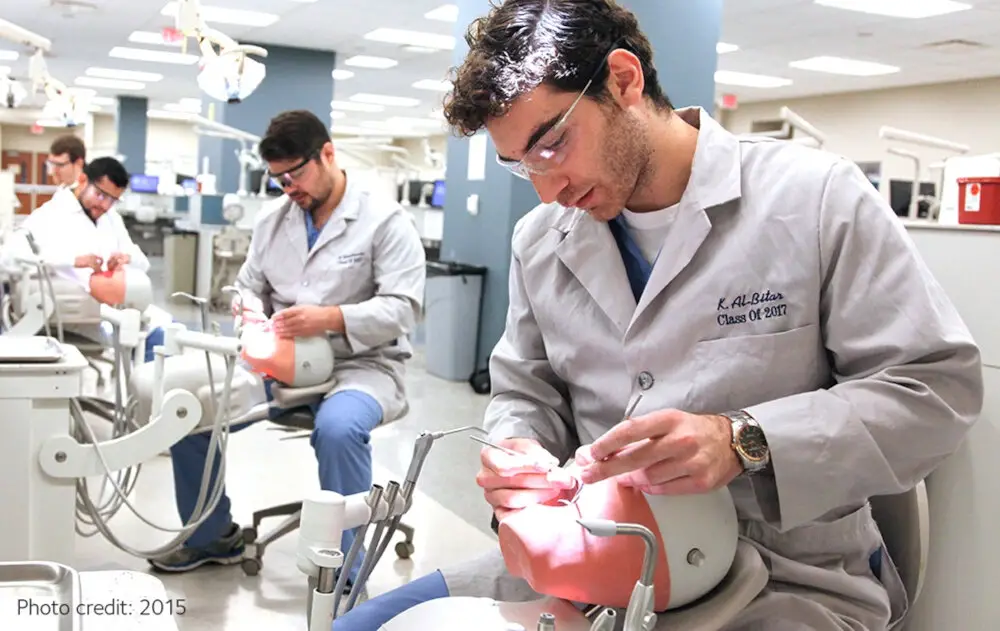
Diagnosis and treatment options for restoring bone loss in teeth can vary depending on the severity of the condition. In some cases, a simple change in oral hygiene habits, such as regular flossing and brushing, can help prevent further bone loss. However, more advanced cases of bone loss may require a more aggressive approach, such as surgery or dental implants. In order to diagnose the extent of bone loss, a dental professional will typically take X-rays or perform a CT scan to determine the severity of the condition. From there, they can recommend the appropriate treatment plan. One effective treatment option for restoring bone loss is bone grafting. This involves taking bone tissue from another area of the body or using a synthetic material to replace the missing bone. Over time, the graft will integrate with the existing bone, providing a stable foundation for dental implants or other restorative procedures. In addition to bone grafting, other treatment options may include scaling and root planing, which involves deep cleaning of the teeth and gums, as well as antibiotics to treat any underlying infections. With the right diagnosis and treatment plan, individuals can effectively restore bone loss in their teeth and regain a healthy, confident smile.
In order to identify bone loss in teeth, a variety of diagnostic tests can be used. X-rays are a common tool that dentists use to detect bone loss in the jaw. They can show the level of bone density and help identify any areas where bone density is lower than it should be. CT scans are another effective tool for detecting bone loss. They provide a detailed, three-dimensional view of the bone structure, allowing dentists to see the extent of the bone loss and plan appropriate treatment. Other tests that may be used include bone density scans and periodontal probing, which involves measuring the depth of the pockets around the teeth to assess the level of bone loss. By using these diagnostic tests, dentists can accurately diagnose bone loss and develop a treatment plan to restore the health of the teeth and surrounding bone.
Restoring bone loss in teeth is essential to maintain good oral health and improve the functionality of teeth. Bone grafting is a popular treatment option that involves grafting bone tissue onto the site of bone loss to stimulate the growth of new bone tissue. Dental implants are another effective option that involves surgically inserting a metal post into the jawbone, which acts as a replacement tooth root. The post fuses with the surrounding bone tissue, providing a stable base for the replacement tooth. Dentures are also an option for restoring bone loss in teeth, and they can be either partial or full dentures. These removable appliances are designed to fit comfortably in the mouth and can restore the appearance and functionality of missing teeth. Ultimately, the choice of treatment will depend on the extent of bone loss and other individual factors, and a dental professional should be consulted to determine the best option for each patient.
Home Remedies and Lifestyle Changes
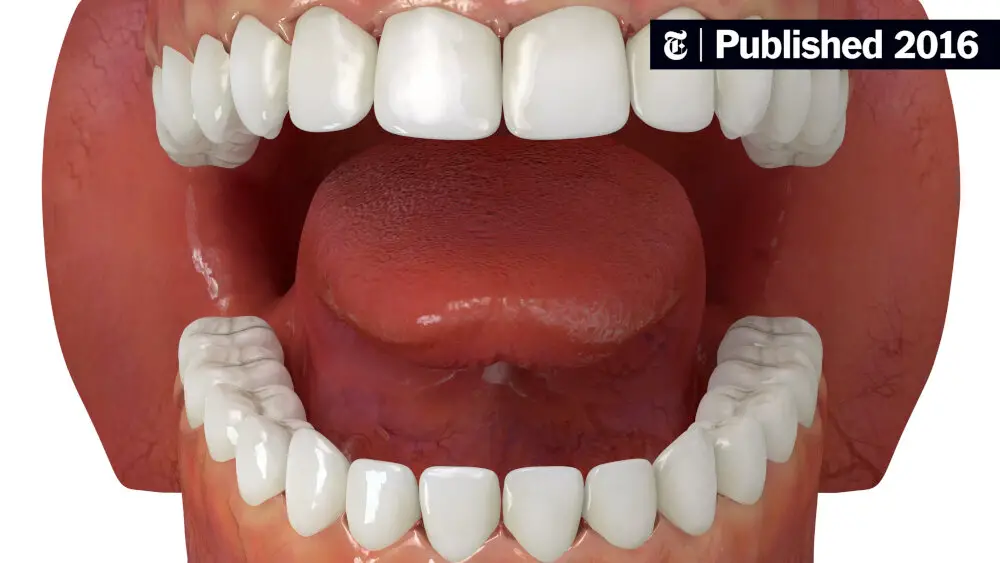
Home remedies and lifestyle changes can play a significant role in restoring bone loss in your teeth. One effective way to prevent bone loss is to maintain good oral hygiene. Brushing and flossing regularly can help remove plaque and tartar buildup, which can contribute to bone loss. Additionally, using an antimicrobial mouthwash can help prevent gum disease, which is a leading cause of bone loss in teeth. Incorporating a healthy diet that is rich in calcium and vitamin D can also help strengthen your teeth and bones. Foods such as milk, cheese, yogurt, and leafy greens are excellent sources of these essential nutrients. Another effective home remedy for restoring bone loss in teeth is oil pulling. This ancient Ayurvedic practice involves swishing oil around in your mouth for several minutes to remove toxins and bacteria. Coconut oil is a popular choice for oil pulling, as it has antimicrobial properties that can help fight off harmful bacteria. Regularly practicing oil pulling can help improve overall oral health and potentially reduce the risk of bone loss in teeth. Additionally, reducing stress levels through practices such as meditation, yoga, or exercise can also help improve oral health and potentially prevent bone loss in teeth. Making these small lifestyle changes can have a significant impact on restoring bone loss in your teeth and improving your overall oral health.
Bone loss in teeth can lead to serious dental problems, which is why it’s important to take steps to prevent it from occurring. One of the most effective ways to prevent and restore bone loss in teeth is to adopt a healthy lifestyle. This includes eating a diet rich in calcium, vitamin D, and other essential nutrients that help strengthen bones. Quitting smoking is also important, as smoking can inhibit the body’s ability to absorb calcium and contribute to bone loss. Practicing good oral hygiene, such as brushing and flossing regularly, can help prevent gum disease, which is a leading cause of bone loss in teeth. In addition, regular dental checkups can help identify and address any dental issues early on, preventing further damage to the teeth and bones. By making these simple changes, individuals can take control of their dental health and restore their smile for years to come.
Prevention of Bone Loss in Teeth
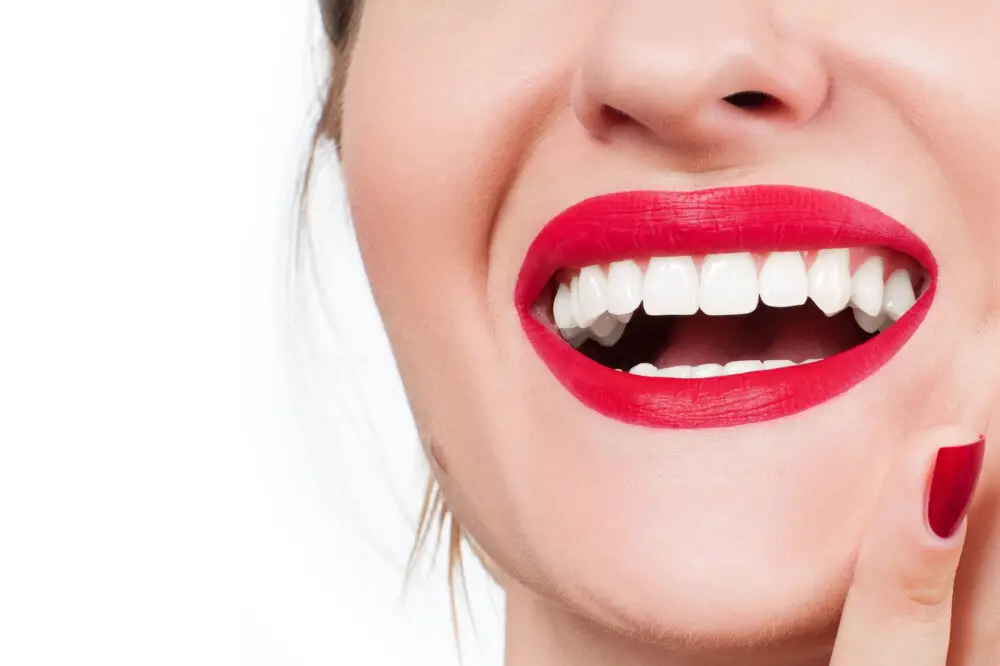
The prevention of bone loss in teeth is essential to maintain a healthy and strong smile. Bone loss in teeth can occur due to various factors, including gum disease, tooth loss, and aging. However, with the right care and maintenance, it is possible to prevent bone loss and preserve the integrity of your teeth. A crucial step in preventing bone loss is maintaining good oral hygiene practices, including brushing and flossing regularly. Consistent dental checkups and cleanings are also essential to detect and treat any signs of gum disease or other dental issues early on. Eating a balanced and nutritious diet that is rich in calcium and vitamin D can also help strengthen and maintain healthy bones. Another effective way to prevent bone loss in teeth is to avoid habits that can damage your teeth and gums. This includes avoiding smoking and limiting alcohol consumption, both of which can weaken bones and lead to tooth loss. Additionally, wearing a mouthguard during sports and other high-impact activities can help protect your teeth and gums from injury. Finally, practicing stress reduction techniques, such as meditation or yoga, can also help prevent bone loss by reducing inflammation and promoting overall health and well-being. By taking these proactive steps, you can help prevent bone loss in teeth and maintain a strong and healthy smile for years to come.
Preventing bone loss in teeth is essential for maintaining good oral health. Regular dental checkups are crucial in identifying any early signs of bone loss, allowing for timely treatment. Additionally, avoiding sugary and acidic foods can help reduce the risk of bone loss as these foods can erode tooth enamel and weaken the bones that support the teeth. Wearing protective gear during sports activities is also important in preventing dental injuries that can result in bone loss. By taking these preventative measures, individuals can reduce the risk of bone loss in teeth and maintain a healthy and beautiful smile.
Maintaining healthy teeth is crucial for overall health and well-being. Tooth decay, gum disease, and other dental issues can lead to significant pain, discomfort, and even tooth loss. Additionally, poor oral health has been linked to several serious health conditions, including heart disease, diabetes, and even certain types of cancer. Bone loss in teeth is a common problem that can have a significant impact on dental health. When bone loss occurs, it can cause teeth to become loose, which can lead to tooth loss. It can also make it difficult to eat and speak properly. Fortunately, there are effective ways to restore bone loss in teeth, including bone grafting and dental implants, which can help to improve overall dental health and restore a beautiful, confident smile.
When it comes to restoring bone loss in teeth, there are several treatment options available. These include bone grafting, guided tissue regeneration, and dental implants. Bone grafting is a surgical procedure that involves adding new bone to the jawbone to support tooth replacement. Guided tissue regeneration involves using a barrier membrane to promote the growth of new bone and gum tissue. Dental implants are a popular option for restoring missing teeth, as they are surgically placed into the jawbone and fuse with the surrounding bone. Additionally, preventative measures can be taken to reduce the risk of bone loss. These include maintaining good oral hygiene, quitting smoking, consuming a balanced diet rich in calcium and vitamin D, and visiting the dentist regularly for check-ups and cleanings. By taking these steps, individuals can work to maintain healthy teeth and gums and prevent bone loss.
Conclusion
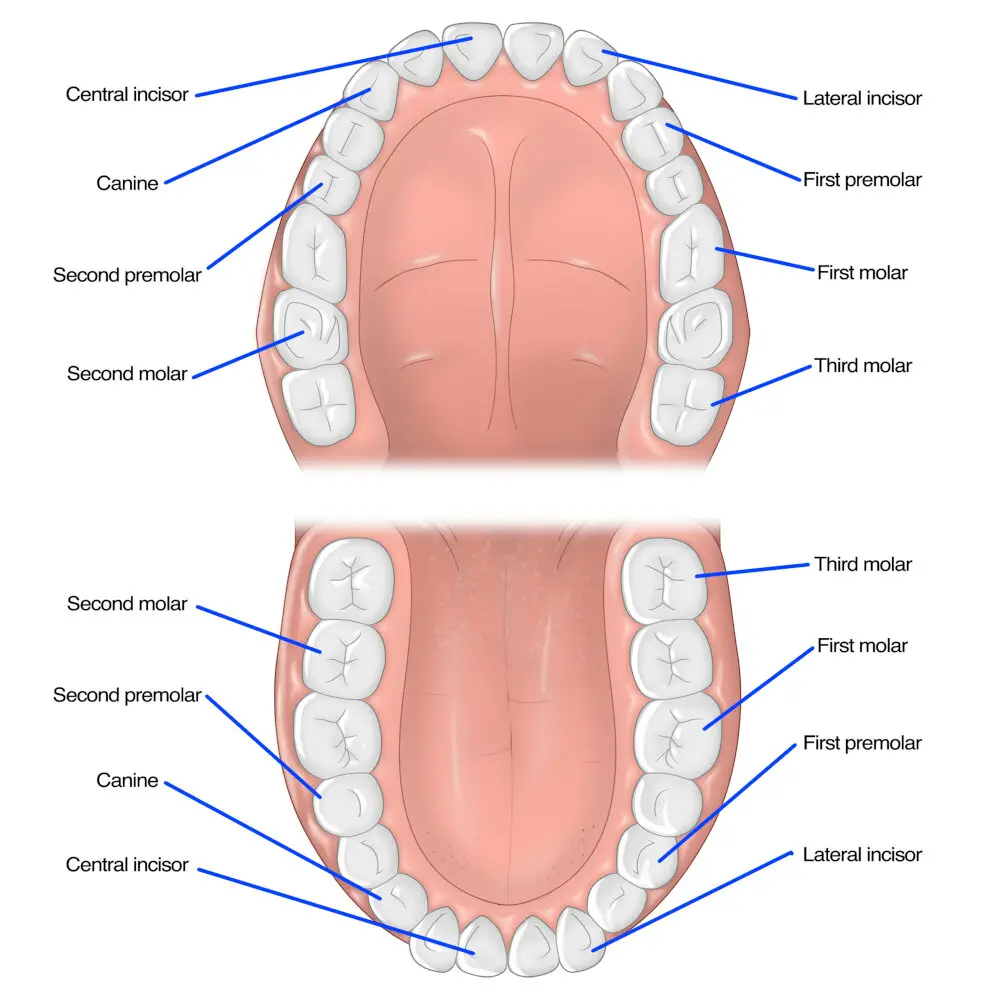
In conclusion, restoring bone loss in teeth is crucial for rebuilding a healthy and beautiful smile. With various effective techniques such as dental implants, bone grafting, and sinus lifts, there is hope for patients suffering from bone loss to regain their confidence and oral health. However, prevention is always better than cure, and it is essential to maintain good oral hygiene and visit the dentist regularly to catch any early signs of bone loss. With proper care and treatment, everyone can have a dazzling smile that lasts a lifetime.
